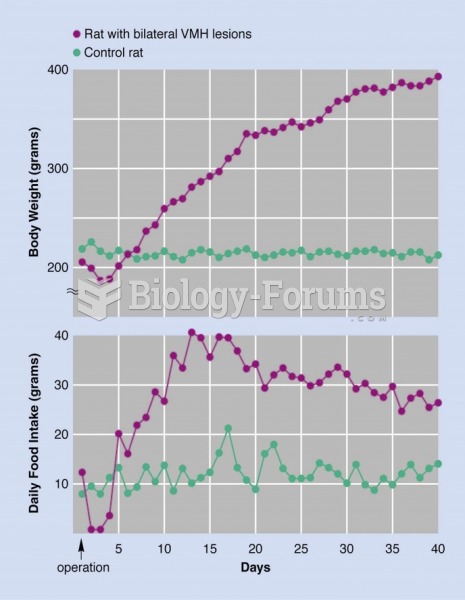|
|
|
Prostaglandins were first isolated from human semen in Sweden in the 1930s. They were so named because the researcher thought that they came from the prostate gland. In fact, prostaglandins exist and are synthesized in almost every cell of the body.
Bisphosphonates were first developed in the nineteenth century. They were first investigated for use in disorders of bone metabolism in the 1960s. They are now used clinically for the treatment of osteoporosis, Paget's disease, bone metastasis, multiple myeloma, and other conditions that feature bone fragility.
The first documented use of surgical anesthesia in the United States was in Connecticut in 1844.
There are major differences in the metabolism of morphine and the illegal drug heroin. Morphine mostly produces its CNS effects through m-receptors, and at k- and d-receptors. Heroin has a slight affinity for opiate receptors. Most of its actions are due to metabolism to active metabolites (6-acetylmorphine, morphine, and morphine-6-glucuronide).
Hyperthyroidism leads to an increased rate of metabolism and affects about 1% of women but only 0.1% of men. For most people, this increased metabolic rate causes the thyroid gland to become enlarged (known as a goiter).
 In old age, as in all other stages of the life course, people find life more pleasant if they have ...
In old age, as in all other stages of the life course, people find life more pleasant if they have ...
 When removing spark plugs, it is wise to arrange them so that they can be compared and any problem ...
When removing spark plugs, it is wise to arrange them so that they can be compared and any problem ...
 Postoperative hyperphagia and obesity in a rat with bilateral VMH lesions. (Based on Teitelbaum, ...
Postoperative hyperphagia and obesity in a rat with bilateral VMH lesions. (Based on Teitelbaum, ...




